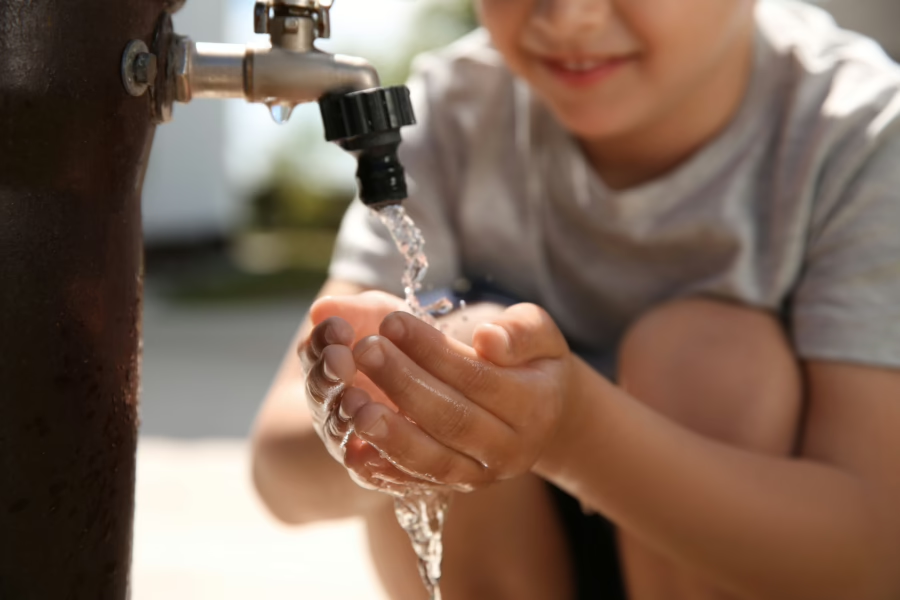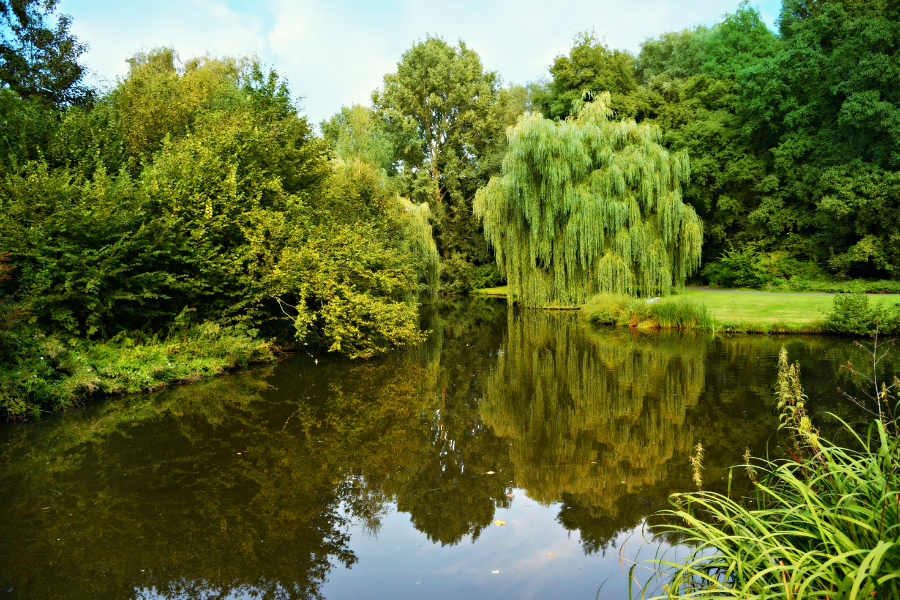Parsing the President’s Mixed Messages on Infrastructure
The President laid out key markers this month for his plan on infrastructure. Over the last few weeks, the State of the Union, the President’s Budget for Fiscal Year 2019, and the President’s Legislative Outline for Rebuilding Infrastructure in America each addressed the critical issue of infrastructure.
The Administration’s budget included a few surprises for water infrastructure advocates. While his request last year ultimately included small additions to the State Revolving Fund programs, it also eliminated the Rural Utilities Service’s Rural Water and Waste Disposal Program, which directs around $500 million annually in grants, loans, and loan guarantees to small, rural systems. This year’s budget would instead would cut the State Revolving Funds programs by nearly $400 million over FY17 numbers (the last full year of funding as FY18’s final numbers are still being worked out in Congress), and calls for elimination of the rural water program for a second year in a row. The cuts to these programs are truly disappointing to see. One of the key policy recommendations from the Alliance’s recent policy brief on infrastructure investment was to keep what is working. We heard from hundreds of people around the country in every single one of the One Water for America Listening Sessions that water infrastructure funding challenges are getting harder and programs like the State Revolving Funds and Rural Utilities Service need to be expanded, not cut.
The President’s infrastructure legislative principles were also released. As described in a previous installment of On Tap in Washington, the President is proposing a direct spending program of approximately $200 billion, leveraged into roughly $1.5 trillion. Half of that direct spending would be a new Infrastructure Incentives grant program with broad categorical eligibility. For water infrastructure, that includes flood control, water supply, water resources, drinking water facilities, wastewater facilities, and stormwater facilities. The evaluation criteria, however, relies heavily on leveraging of additional revenue (whether public or private), so projects would need to bring significant new revenues to the table to be competitive. Many things remain unclear, including the interaction the proposed program would have with existing funding and financing programs, as well as how much lead time it would take to stand up an entirely new grant program.
The proposal also sets aside $50 billion for rural projects, in the form of block grants directly to states. Such projects seem to be entirely up to the state’s discretion, and water may have a tough time competing for attention. Twenty billion dollars is set aside to the Department of Commerce for “transformative projects” that improve performance, reduce user costs, introduce new types of services, and improve services. While these criteria remain vague, this program could present an opportunity to drive innovative technologies and projects in water, but the assignment of the program to Commerce may present an obstacle, given limited agency experience in water infrastructure. Again, this new program presents questions about how quickly it could be implemented.
We are at a crossroads in American water policy. Recent water crises like the like the tragedy in Flint, Michigan, and trio of deadly storms in Texas, Florida, and Puerto Rico are happening alongside challenging long-term trends that put pressure on water service, like aging infrastructure, population growth, growing income inequality, and a changing climate. Those threaten to overwhelm physical infrastructure and management systems which previously provided for our water needs. Water infrastructure investment needs continue to rise, while the federal government’s contributions have steadily declined (though the proportion it spends on other infrastructure has remained steady). What America needs is a bold plan for funding water infrastructure. We have waited long enough for real solutions to water infrastructure challenges. Our infrastructure problems are not going away, and every day we wait, the cost of inaction rises. We need a real, bipartisan funding solution from Congress for FY19 funding, and beyond.


